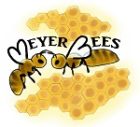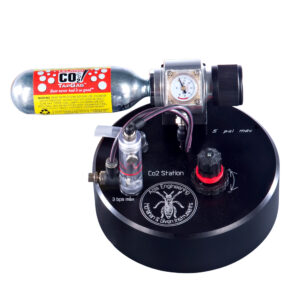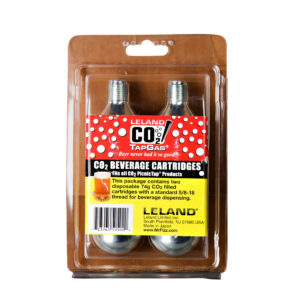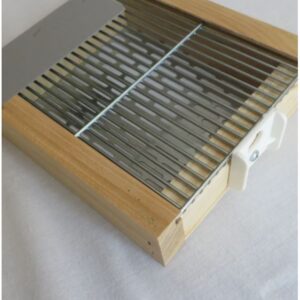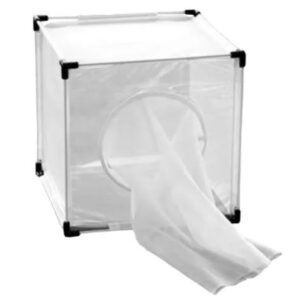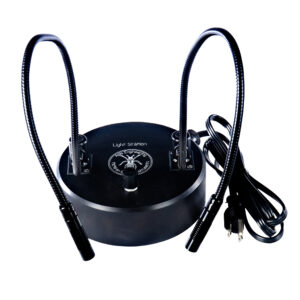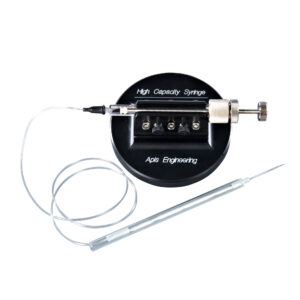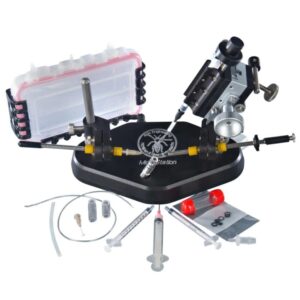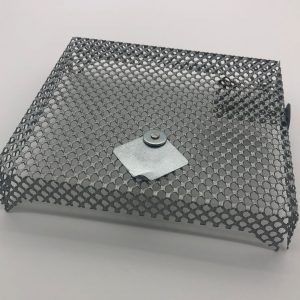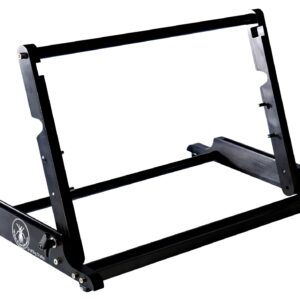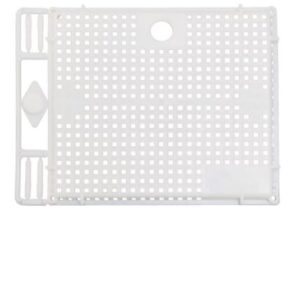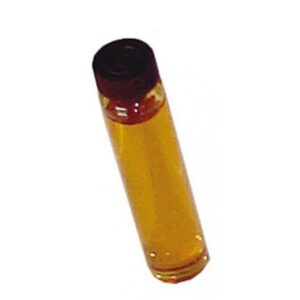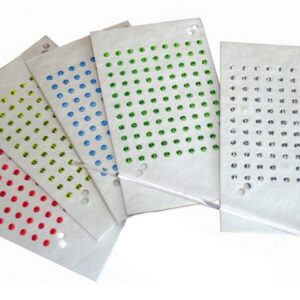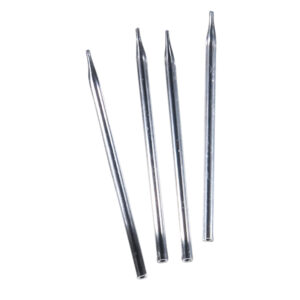Instrumental Bee Insemination Equipment for Queens
Instrumental Bee Insemination Equipment is used to manually control the process of inseminating queens. The unique mating system of honey bees makes it incredibly difficult for beekeepers to accurately determine the fathers of their colonies.
Virgin queens mate with approximately 15+ drones at sites called Drone Congregation Areas (DCAs), which are open areas surrounded by trees. Drones fly from around 3.75km radius from the DCA. Any colonies within that area, either managed or feral, could contribute drones to the genetics of the colony headed by the now mated queen. When trying to select for certain traits, this becomes problematic.
To get around this, scientists in the early- to mid-20th Century developed artificial insemination of queens. By selecting the mother colonies of the drones contributing to the insemination, scientists and beekeepers could now have much finer control of the genetics of their colonies.
Traits such as Varroa Sensitive Hygiene could be selected for with much greater certainty. In areas where there are other beekeepers running different lines, large feral populations, or even different species (such as the Asian hive bee Apis cerana in the areas around Cairns), artificial insemination can eliminate the risk of queens mating with undesirable or incompatible drones.
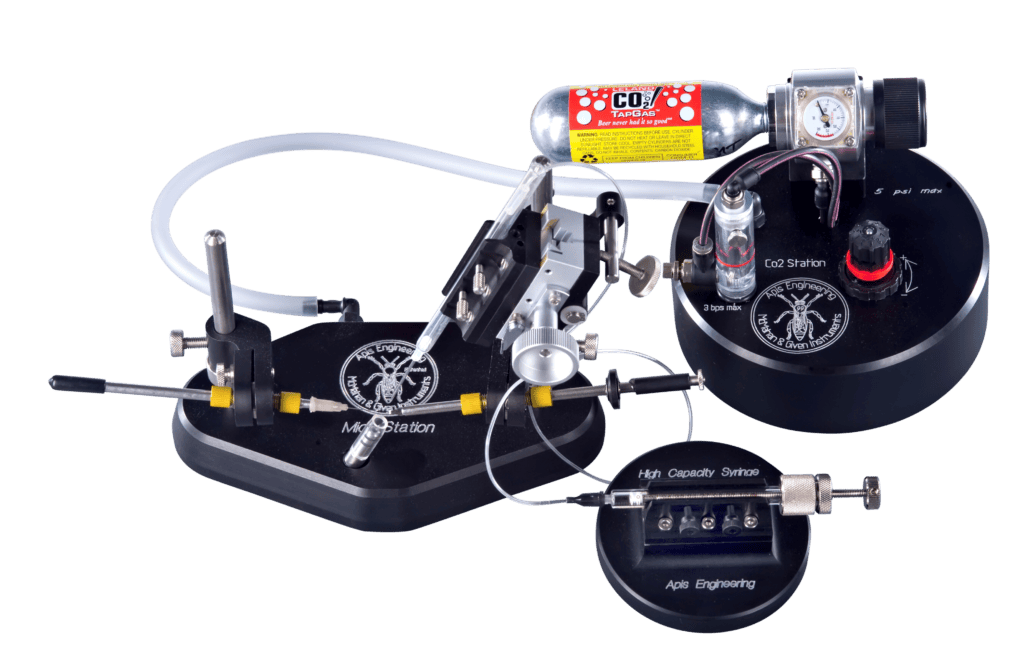
Alongside typical queen rearing practices, instrumental insemination requires highly specialized equipment, skill and dexterity to perform it effectively. The basic process for artificial insemination is:
- Virgin queens are emerged into mating nuclei with their entrances covered with queen excluder material to prevent virgins from making mating flights.
- At 5-10d after emerging from their queen cells, virgins are anaesthetized using carbon dioxide.
- 2 treatments of CO2 has been shown to promote egg laying.
- 24h after initial anesthesia, queens are anaesthetized again and restrained in the AI apparatus.
- Semen (typically 8 microliters in volume, roughly equivalent to 10-12 drones) is introduced into the queen’s median oviduct using a specialized syringe.
- Over the next ~24h, sperm will migrate from the oviduct to the spermatheca. Queens will store around 6-8 million sperm from the artificial insemination, which will be used for their entire reproductive lives.
Instrumental bee insemination is incredibly important to continuing to make genetic improvements in our bees. Whilst no importation has yet occurred, introduction of semen containing favorable traits (such as VSH) can help to safeguard the industry against Varroa mite incursions.
It is important to consider the biosecurity risks of semen importation, though: some diseases may be able to be passed from drone to queen in semen. Use of instrumental insemination is not currently widespread within the industry, however some apiarists are using it to produce genetically favorable breeder queens or to make specific crosses.
-
Queen Marking Numbers
Price range: $14.75 through $62.95 Select options This product has multiple variants. The options may be chosen on the product page -
Syringe Tips
Price range: $7.95 through $12.95 Select options This product has multiple variants. The options may be chosen on the product page
